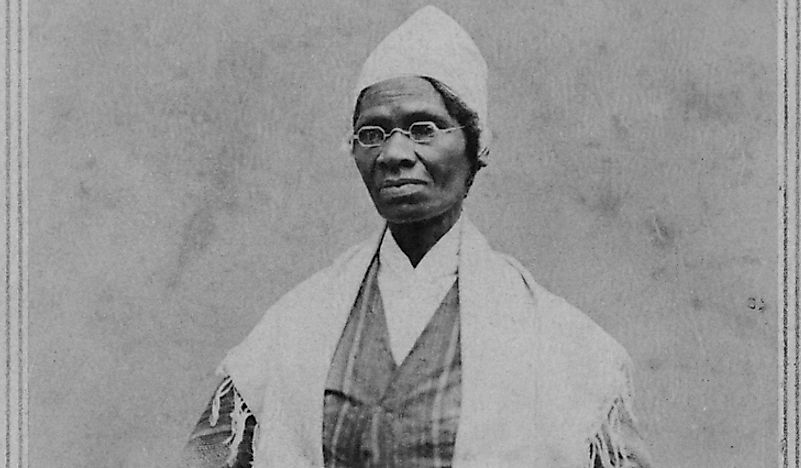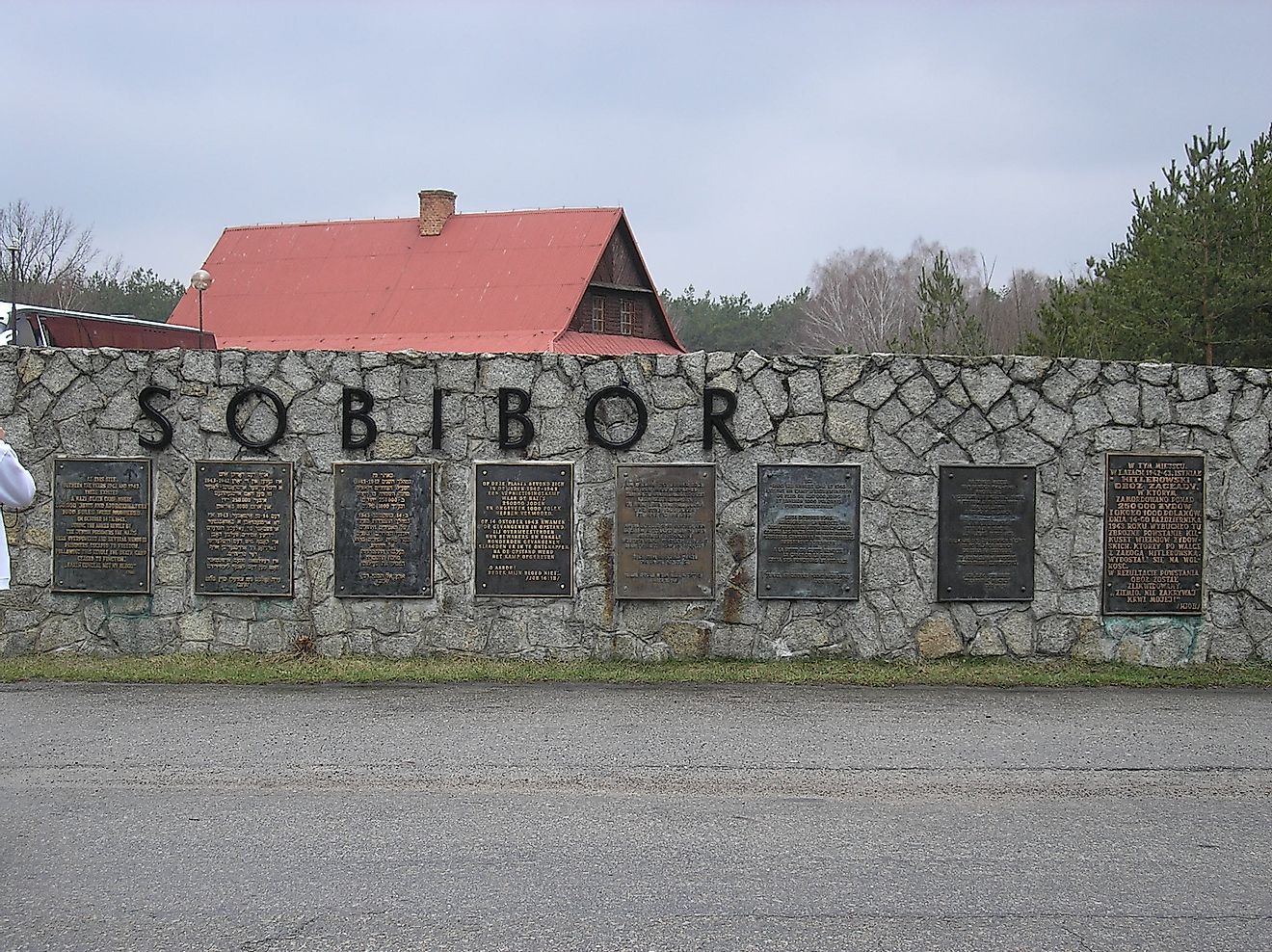Who Was Sojourner Truth and Why is She Important?

Sojourner Truth was an African-American woman, born into slavery, who after escaping became an abolitionist and itinerant (traveling) minister. Sojourner Truth is most widely known for her speech “Ain’t I a Woman?” given in 1851 at the Ohio Women’s Rights Convention, held in Akron, Ohio. She dedicated her life to the abolition of slavery as well as to advocating for women’s rights.
Childhood and Life Before Escape
Sojourner Truth was born Isabella Baumfree, around 1797 (although the actual date is unknown), on the estate of Colonel Johannes Hardenbaugh, in Ulster County, New York. Her father was James Baumfree, a captured man from what is today known as Ghana. Her mother was the daughter of two slaves from modern-day Guinea.
In 1806, after Hardenbaugh and his son, Charles, had both died, she was sold at the age of 9, with a flock of sheep for the price of $100. John Neely bought her. He was cruel and unkind and beat her regularly. Over the next couple of years, Sojourner Truth was bought and sold several times. Eventually she was purchased by John Dumont, who lived in West Park, New York. When she was about 18, Sojourner Truth fell in love with a neighboring slave, named Robert; however once his master found out, they were forbidden from seeing each other. In 1817 Dumont forced Truth to marry Thomas, an older slave, and they had three children together. New York put legislation in place to emancipate slaves by July 4, 1827. Dumont promised Truth that he would free her in 1826, but did not follow through. So she escaped, taking her infant daughter, Sophia, with her.
Life After Slavery
Truth escaped to New Paltz, New York, where she started work at Isaac Van Wagenen’s house. Dumont came after her and the Van Wagenens offered him $20 to pay for Isabella’s work until the anti-slavery laws went into effect, which he accepted. Shortly after the anti-slavery laws were enacted, Dumont sold her son illegally, to an owner in Alabama. Sojourner Truth sued him, successfully, and became the first black woman to win a case against a white man in the US court system. After recovering her son, Sojourner Truth moved to New York City with him, where she began work at Elijah Pierson’s home in 1829.
In 1843 Sojourner Truth converted to Methodism and changed her name from Isabella Baumfree to Sojourner Truth. It was at this time that she began to travel as an itinerant minister, preaching for the abolition of slavery. Truth’s involvement with the anti-slavery movement grew as she connected with different other key figures. In 1844 she became a part of the Northampton Association of Education and Industry. The organization was founded by abolitionists and its members lived together on 500 acres of land. It was here that Truth first met individuals such as Frederick Douglass, William Lloyd Garrison, and David Ruggles.
As time went on, Truth also became involved in the women’s rights movement and in 1851, she spoke at the Women’s Rights Convention that occurred in Akron, Ohio. Her speech was first published one month later in the Anti-Slavery Bugle. This version of the speech did not actually feature the question “Ain’t a Woman?” and it wasn’t until 12 years later that Frances Gage’s version of Truth’s speech captured the phrase “Ain’t I a Woman?” There’s some lack of certainty which version is truly Truth’s. However, it is known that Sojourner dictated her memoir to her friend, Olive Gilbert, and published that in 1850 as The Narrative of Sojourner Truth: A Northern Slave.
Truth continued her tireless work for the abolition of slavery and equal rights for women as the years progressed. During the Civil War, she helped recruit black men to the Union troops. Even after Abraham Lincoln’s Emancipation Proclamation, she continued to work toward change. She pursued land grants from the federal government for former slaves, but was unsuccessful. Truth died at her home, in Battle Creek, Michigan, November 26, 1883. In 1970, the library at SUNY, New Paltz, was named The Sojourner Truth Library in honor of her. Truth’s legacy continues to live on today.











